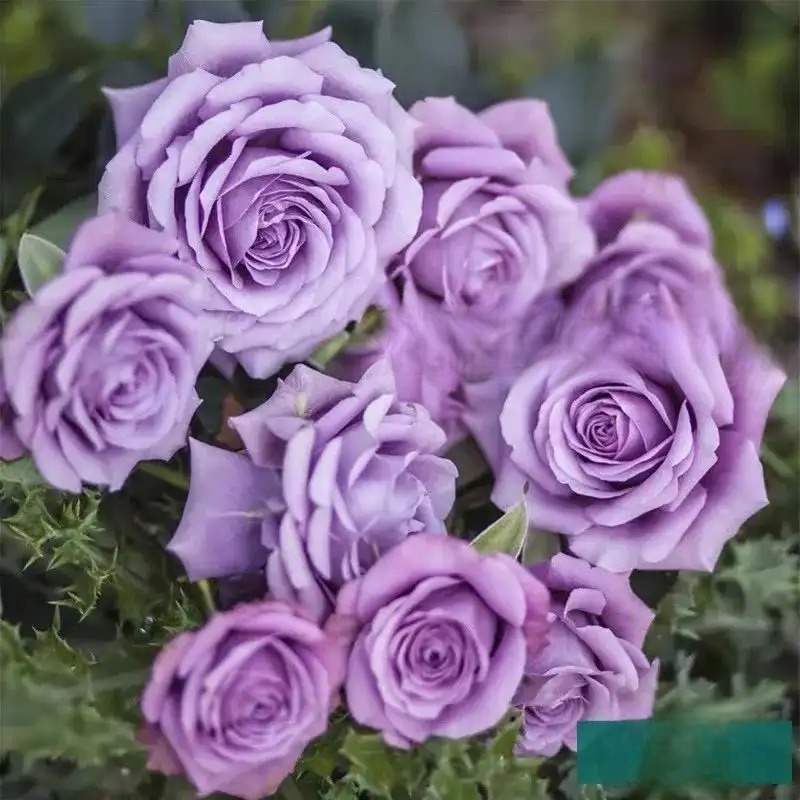If you want roses to bloom in waves, here are the tips for pruning
In late spring and early summer, the roses in the garden are in full bloom, a sea of colorful flowers. This is probably what the garden of your dreams looks like!
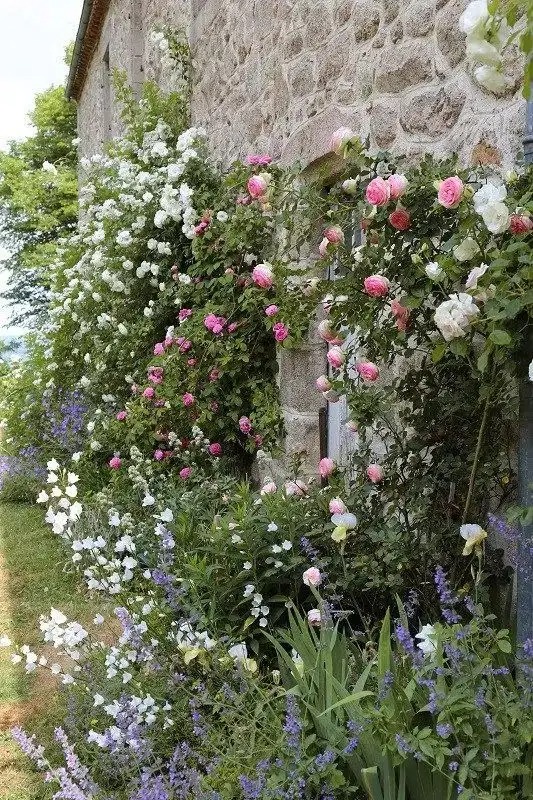
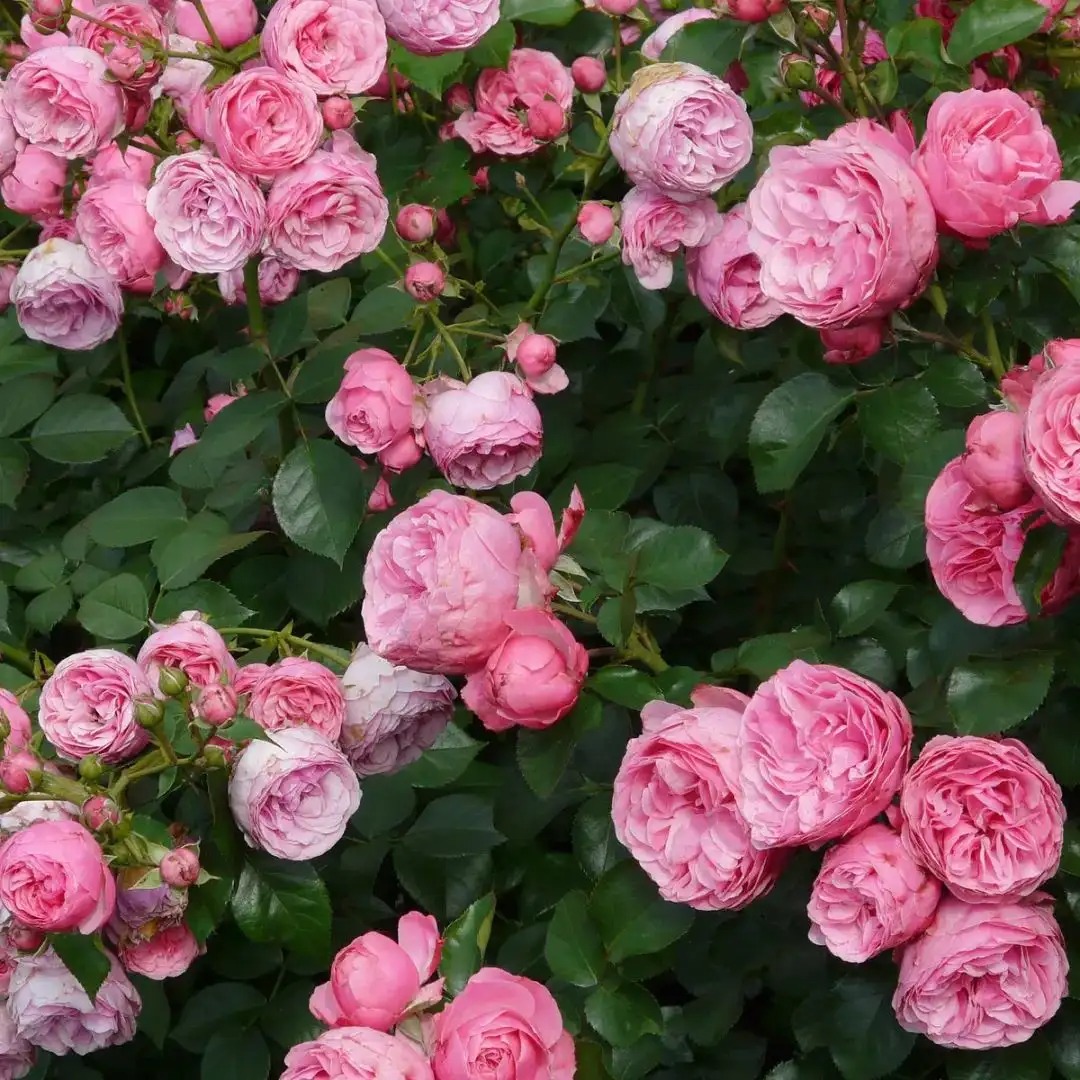
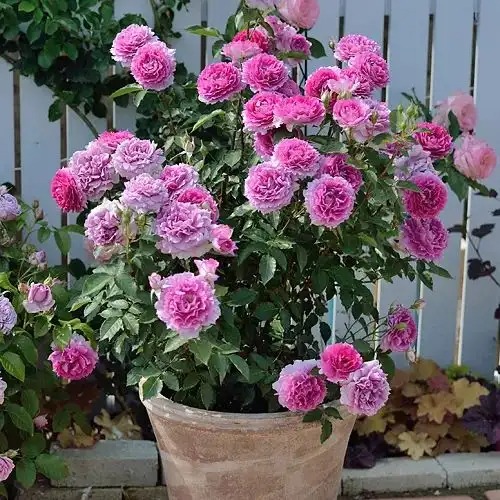
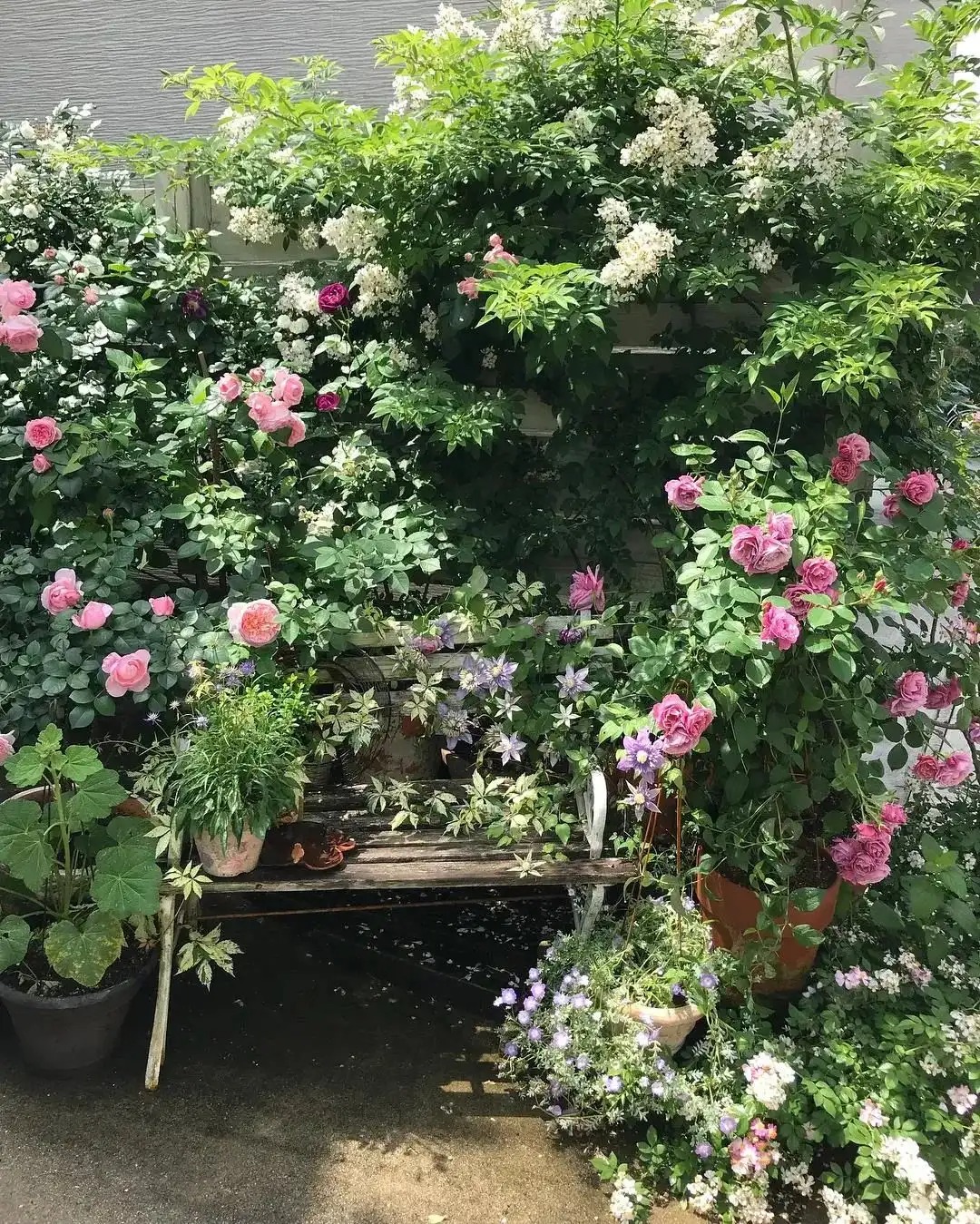
Most of the first batch of roses have bloomed. At this time, you can prune them appropriately to promote the nutrient return of the roses and wait for the next wave of flowers to bloom!
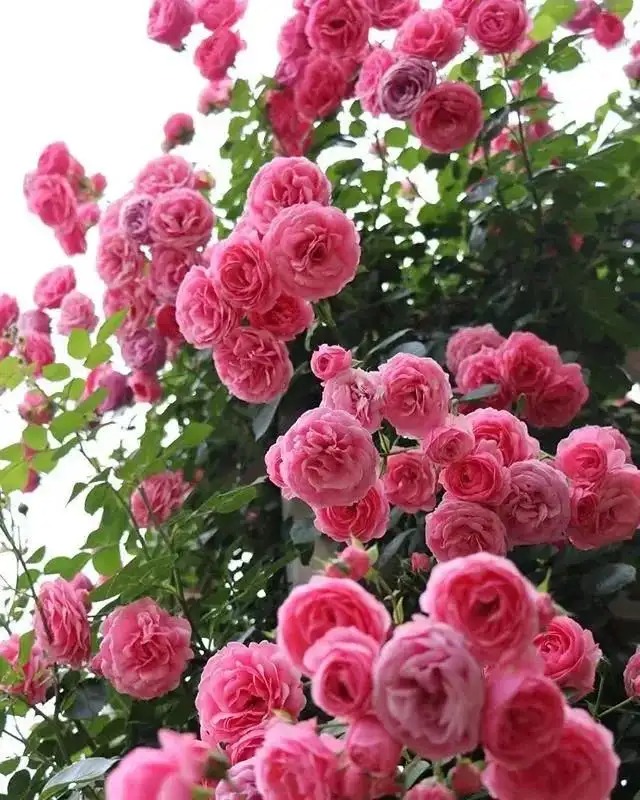
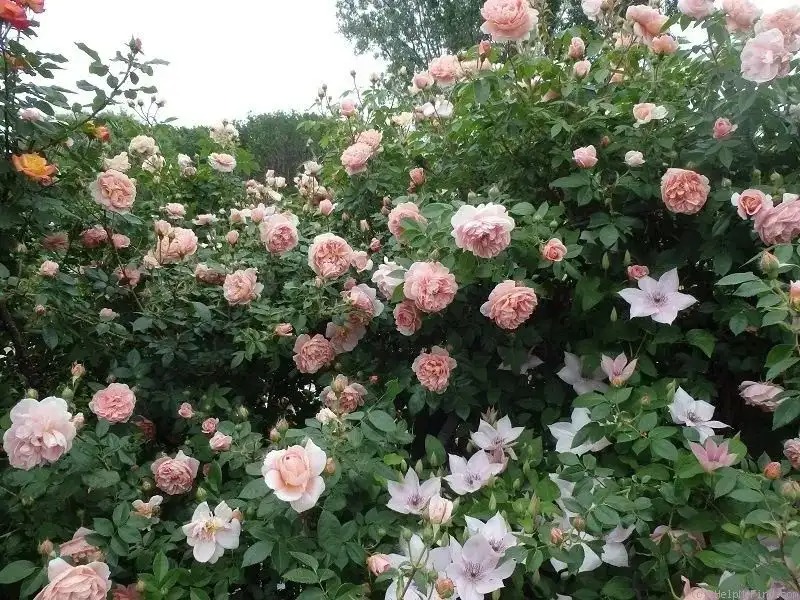
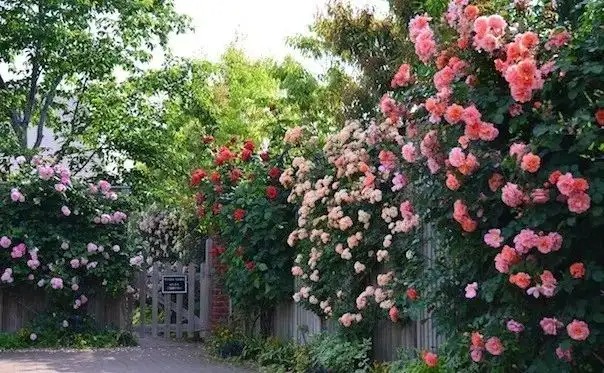
Roses need to be pruned when the flowers are about to bloom and wither. If pruned too late, the roses will produce seeds. Unless it is for the purpose of hybrid breeding, leaving seeds will consume a lot of nutrients for the rose plants. Therefore, the withered flowers should be cut off as soon as possible to promote the return of nutrients to the branches, especially for varieties that bloom in multiple seasons!
The earlier the pruning is done, the less burden on the plant, the more nutrients retained, the more nutrients the next wave of bud formation and flowering will have, and the better the quality of the flowers will be.
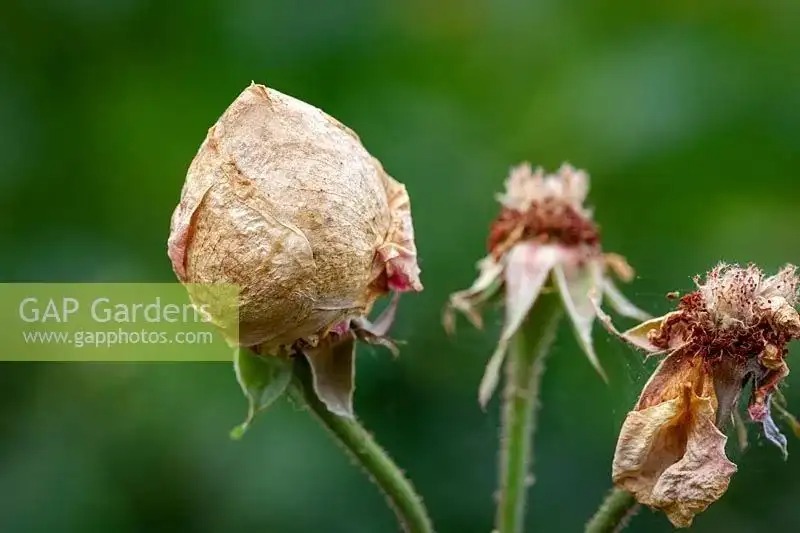
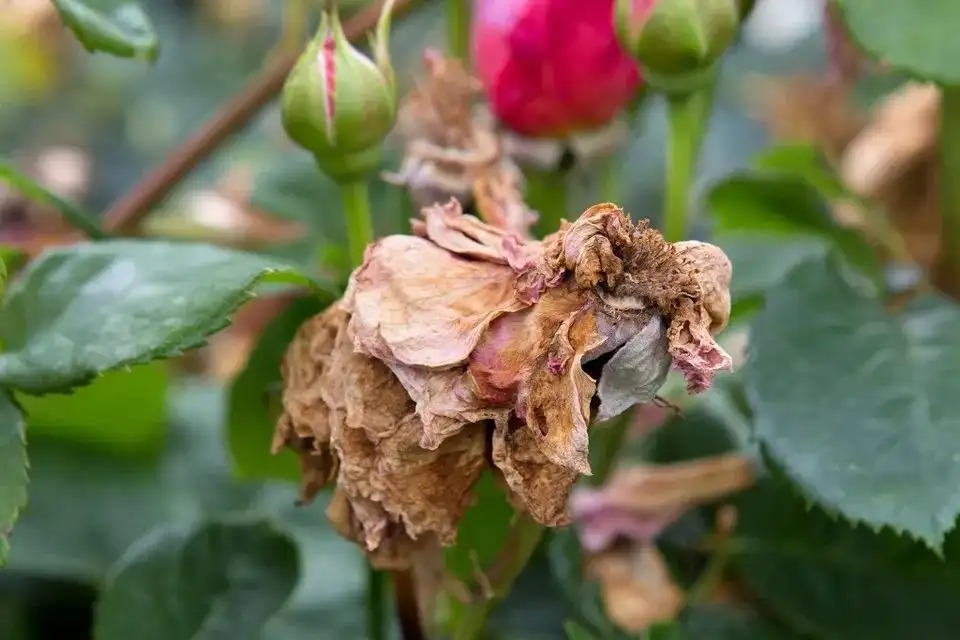
It can also encourage the plants to sprout earlier, especially when the high temperatures are about to arrive. Most roses, even if they can bloom in summer, will be affected by the high temperatures, and the flowers and colors will not be ideal!
Generally, flower buds will be produced again about 40 to 60 days after pruning, so if you prune early now, you can still get another wave of standard flowers to bloom before the high temperature!

Usually we say to prune to the top of the third leaf under the flower after flowering, but there are many types of roses, so the pruning methods can be broken down into different types.
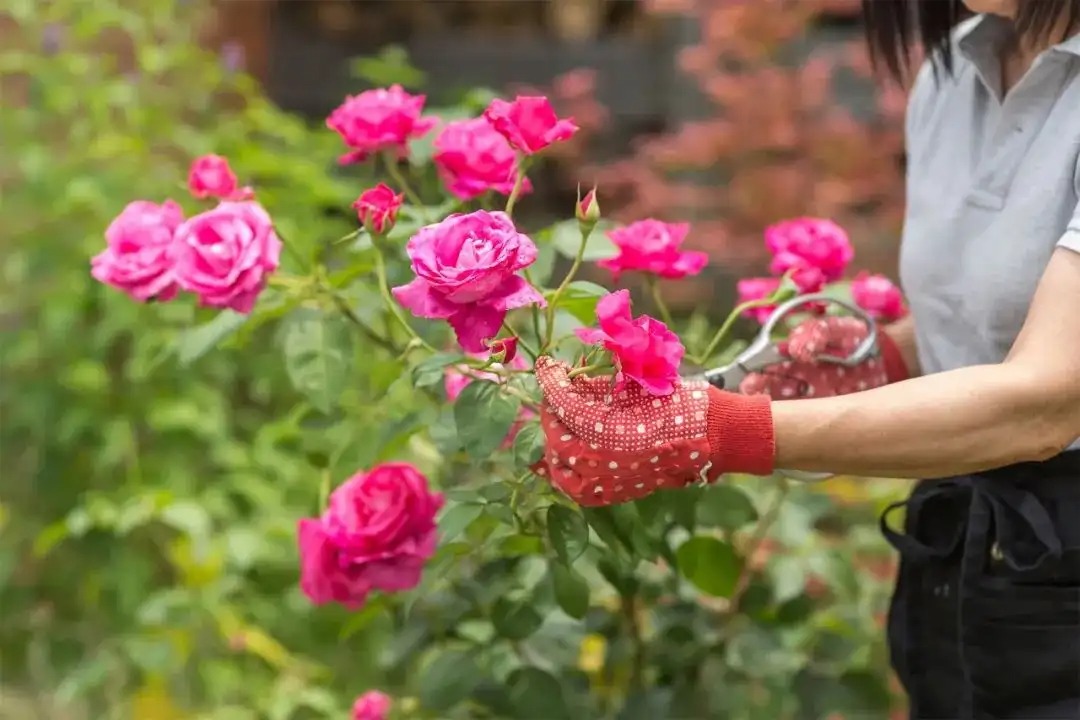
1. Single head type
Many large-flowered roses have one flower per branch, which means that there is only one flower on one branch.
The pruning method for this type of rose is very simple. Just follow the top of the branch down to find the first large leaf of the rose (the one with the most leaves)!
There is no particular requirement for the pruning height, but it must be cut to the large leaves of the rose so that the new shoots that grow will be strong enough!
Because according to the principle of plant nutrients being supplied nearby, the first place where the nutrients produced by the leaves are supplied is the buds under the leaves, followed by the branches, roots and other parts!
In addition, when pruning, you should also consider the fullness of the axillary buds. If the bud point of the first large leaf has obviously turned black, then you can just start cutting above the next leaf.
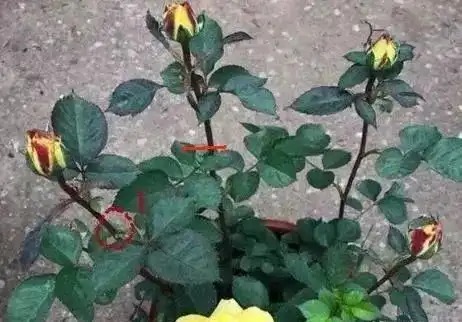
2. Multi-headed rose
Multi-headed roses are usually more common in floriferous roses and miniature roses. The characteristic of this type is that there are several or even dozens of flower buds on one branch at the same time, but these flower buds gradually open in batches, so the pruning of this type of rose cannot be the same as above~
The post-flowering pruning of multi-headed roses is divided into two steps. The first step is to cut off the flowers that bloom and fade first, and keep the flowers that have not bloomed. Just cut off one flower after another.
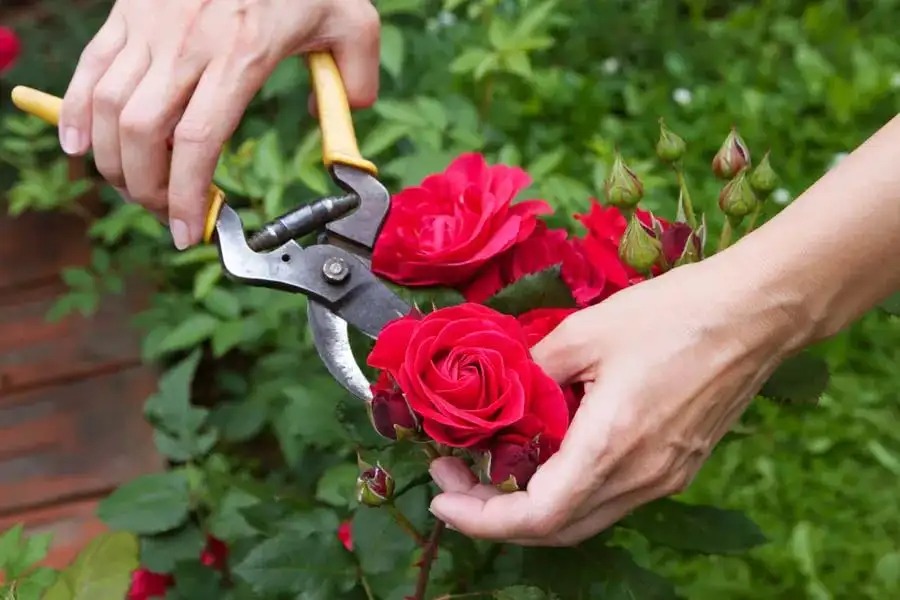
The second step is to wait until all the flowers have bloomed and faded, then cut the branches to the large leaves of the rose (the same as the single-head pruning method)
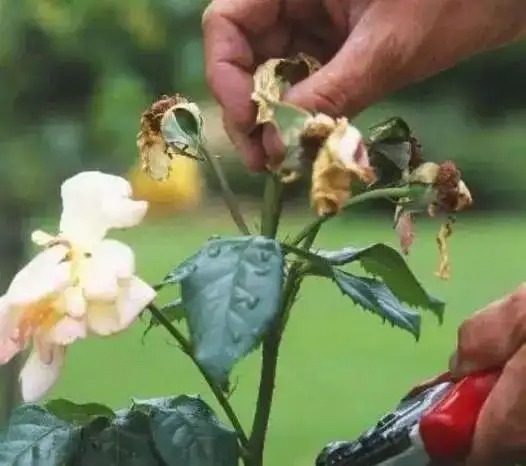
Generally, the first or top flower of a multi-headed rose is the largest and most standard. This is due to the apical growth advantage of the plant, and the nutrient supply of a branch is limited, so don't wait until all the flower buds have bloomed and faded before cutting them together. Otherwise, some flower buds may not open at all or even fall off due to lack of nutrients.
Therefore, it is best to cut one flower at a time as it blooms, leaving nutrients for the other flowers below. This way, the flower shapes above and below will not be too different, ensuring that every flower can bloom well.
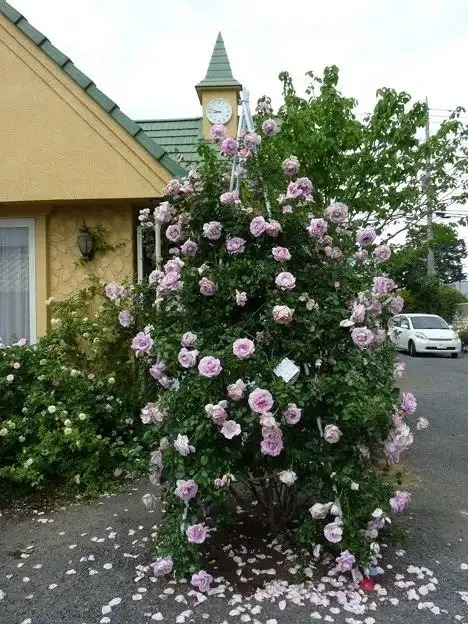
1. The cutting position should be 5-8 mm above the strong bud, and the cutting should be parallel to the bud. Please use the correct method to trim the selected strong bud.
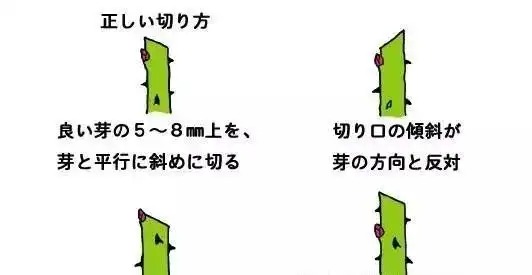
Upper left: The correct way to cut is to cut 5-8mm above the selected strong buds, parallel to the bud point.
Lower left: If you cut too close to the bud point, the bud will not germinate.
Upper right: The slant of the cut is opposite to the bud point. Lower
right: If the upper part of the bud point is left too long, it is easy to blacken the branches from top to bottom.
2. Be sure to choose a pair of sharp scissors. If the scissors are too blunt, it will easily cause dead branches.
3. Try to avoid rainy days when pruning to prevent the wound from blackening and infection. Pruning in the morning is better than pruning in the evening.
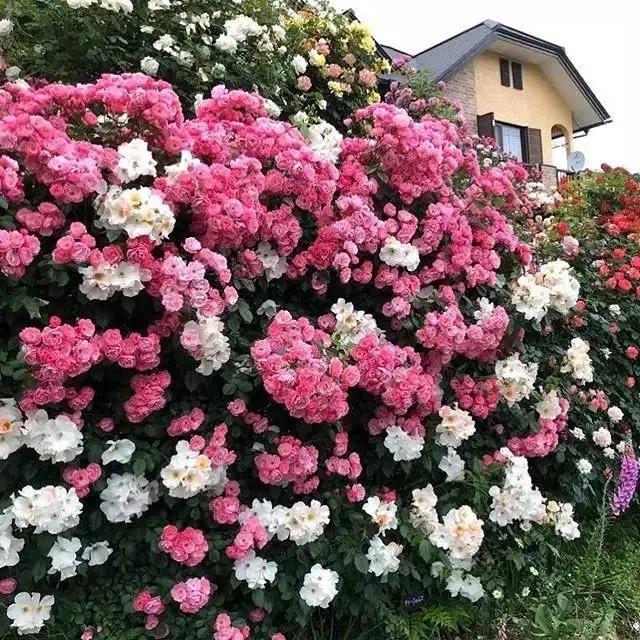
The flowering of roses consumes a lot of nutrients. If fertilizer is not replenished in time, the growth rate of roses will inevitably slow down, and even affect the next flowering!
It is recommended to bury an appropriate amount of Aolv slow-release fertilizer and magic fertilizer when pruning, and start using water-soluble fertilizer one week after pruning (alternate between Huaduoduo No. 1 fertilizer and Huaduoduo No. 2 fertilizer, irrigate the roots + spray the leaves)
Adequate water and fertilizer can promote faster and better germination!
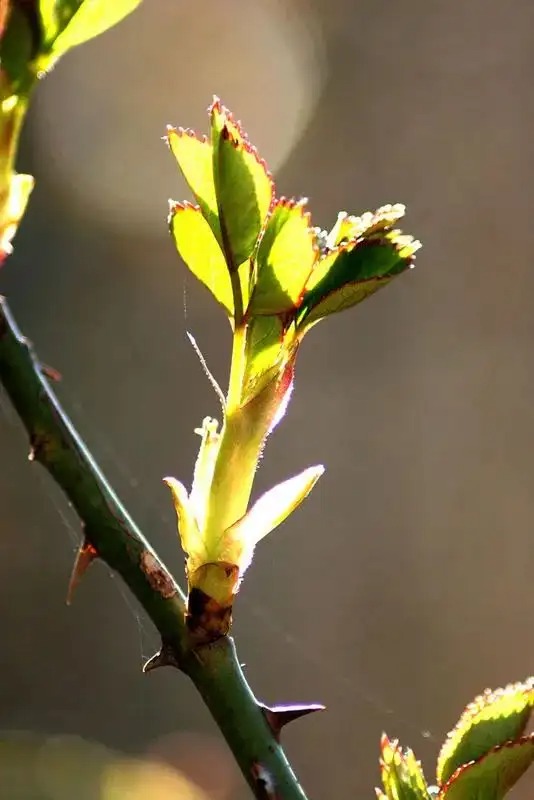
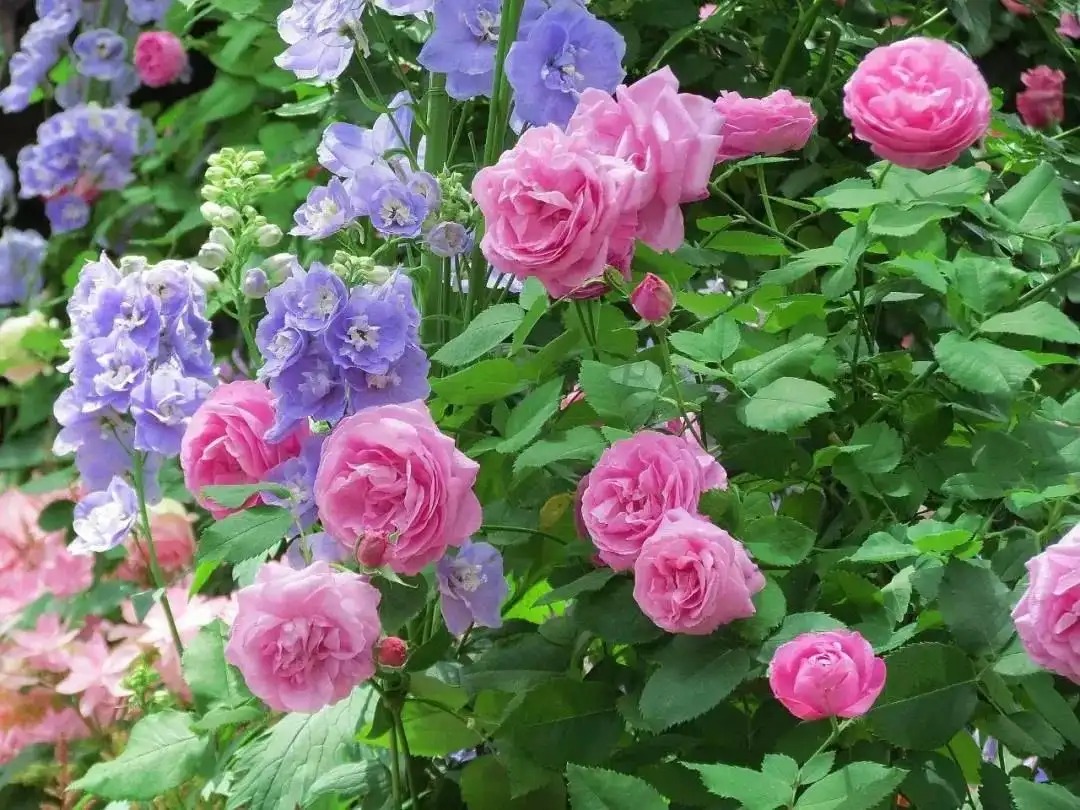
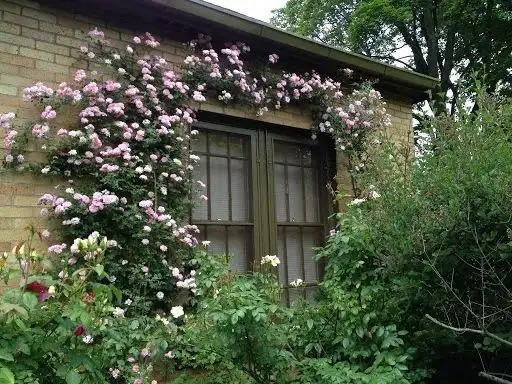
A while ago, I started a group buying a gallon of roses. In the past few days, many friends have shared beautiful photos of roses in the group~
Many people kept asking when the next rose group sale would be held!
It would be a pity if there were no roses in the garden! Langqun Group Buying has prepared a special rose group for everyone, with 62 varieties to choose from, including shrubs, vines, and micro-moons!
There is always one that will please you!
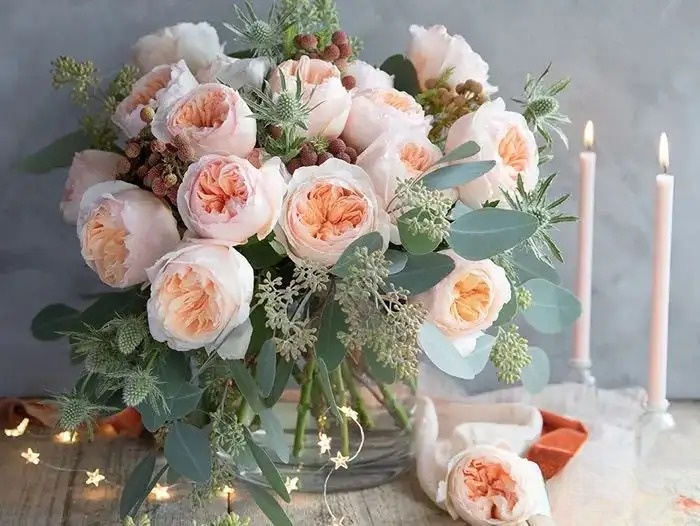
The following is a list of rose varieties included in this group purchase. You can choose the variety according to your preferences!
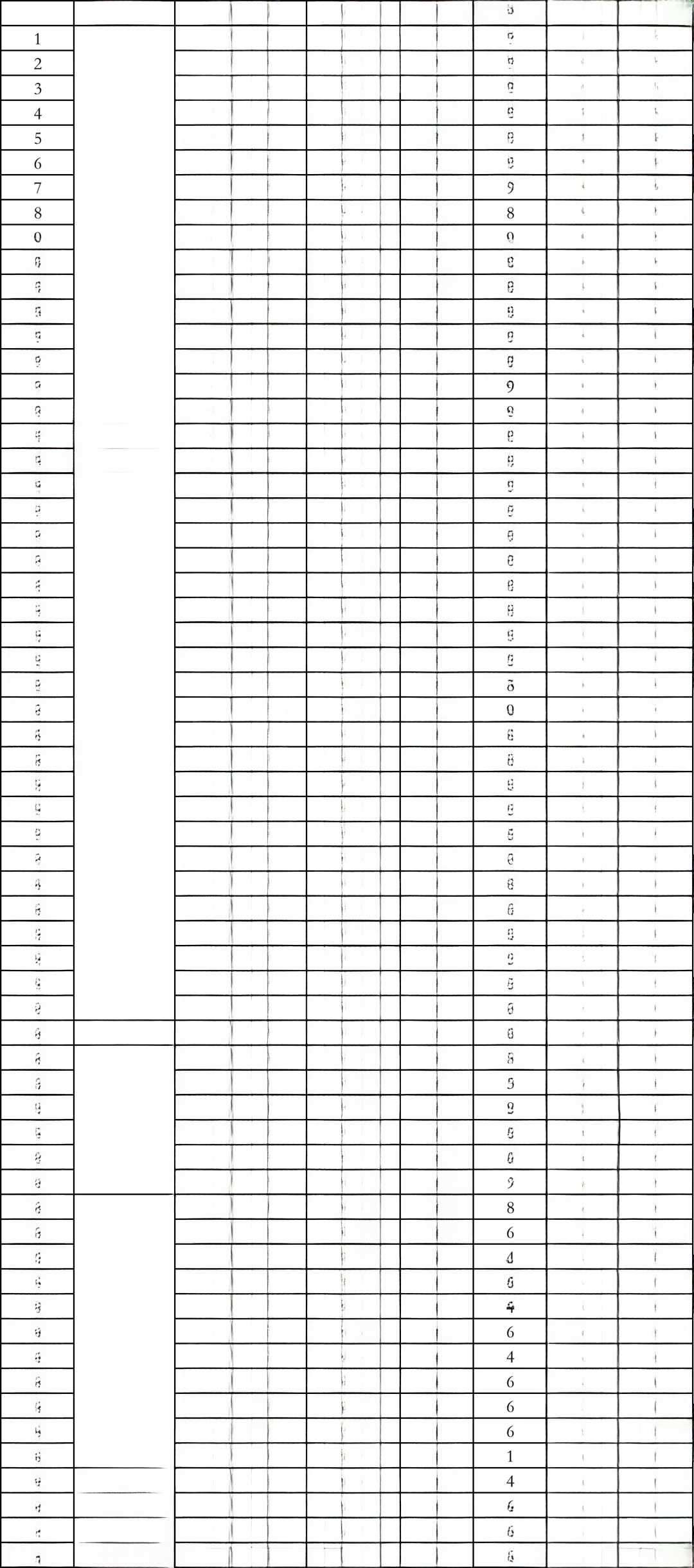
NO.1
Shrub rose
Shrub roses refer to roses that are upright, not prone to lodging, and have no obvious trunk. They grow quickly, sprout shoots from the base, have a good upright shape, strong branches, and can bloom all year round.
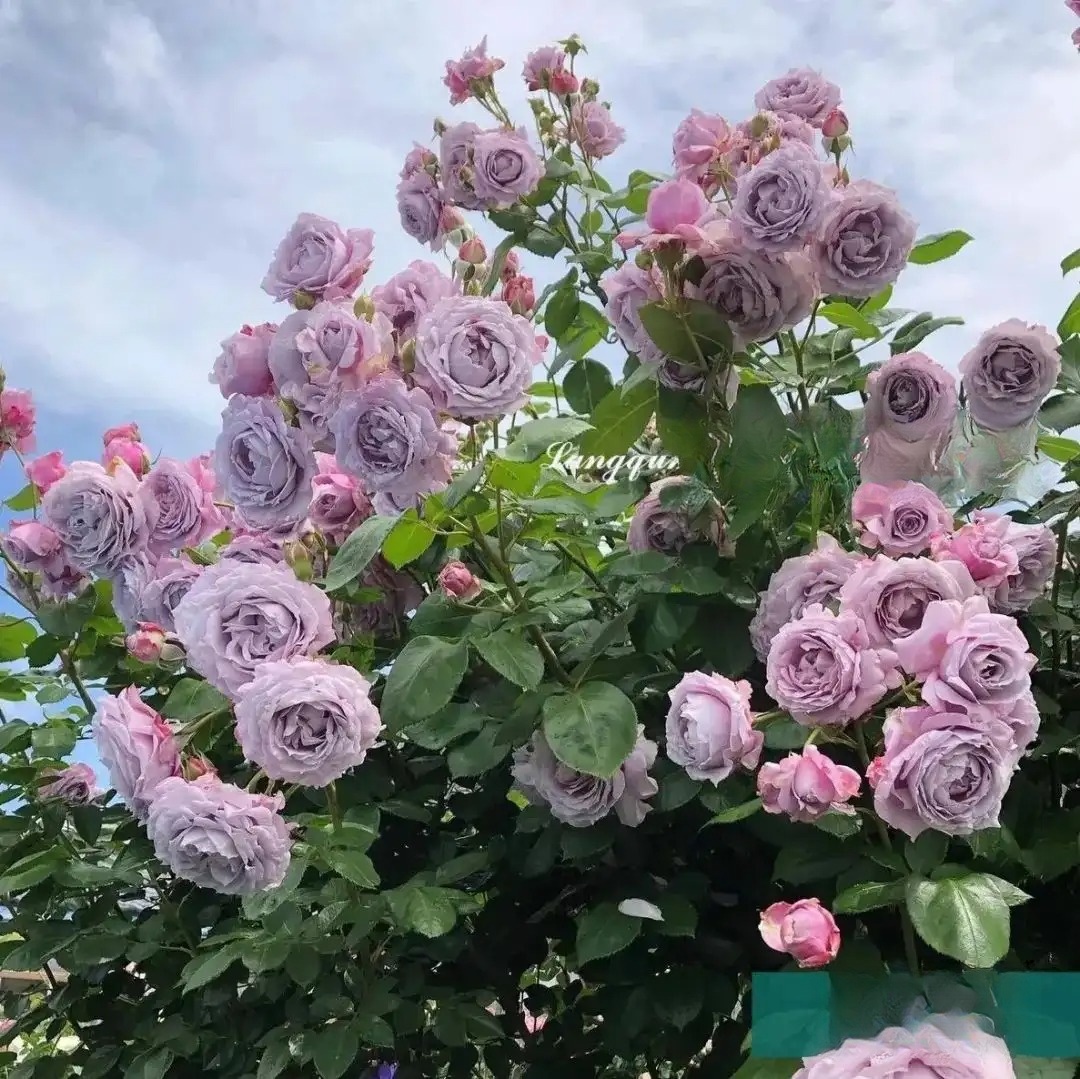
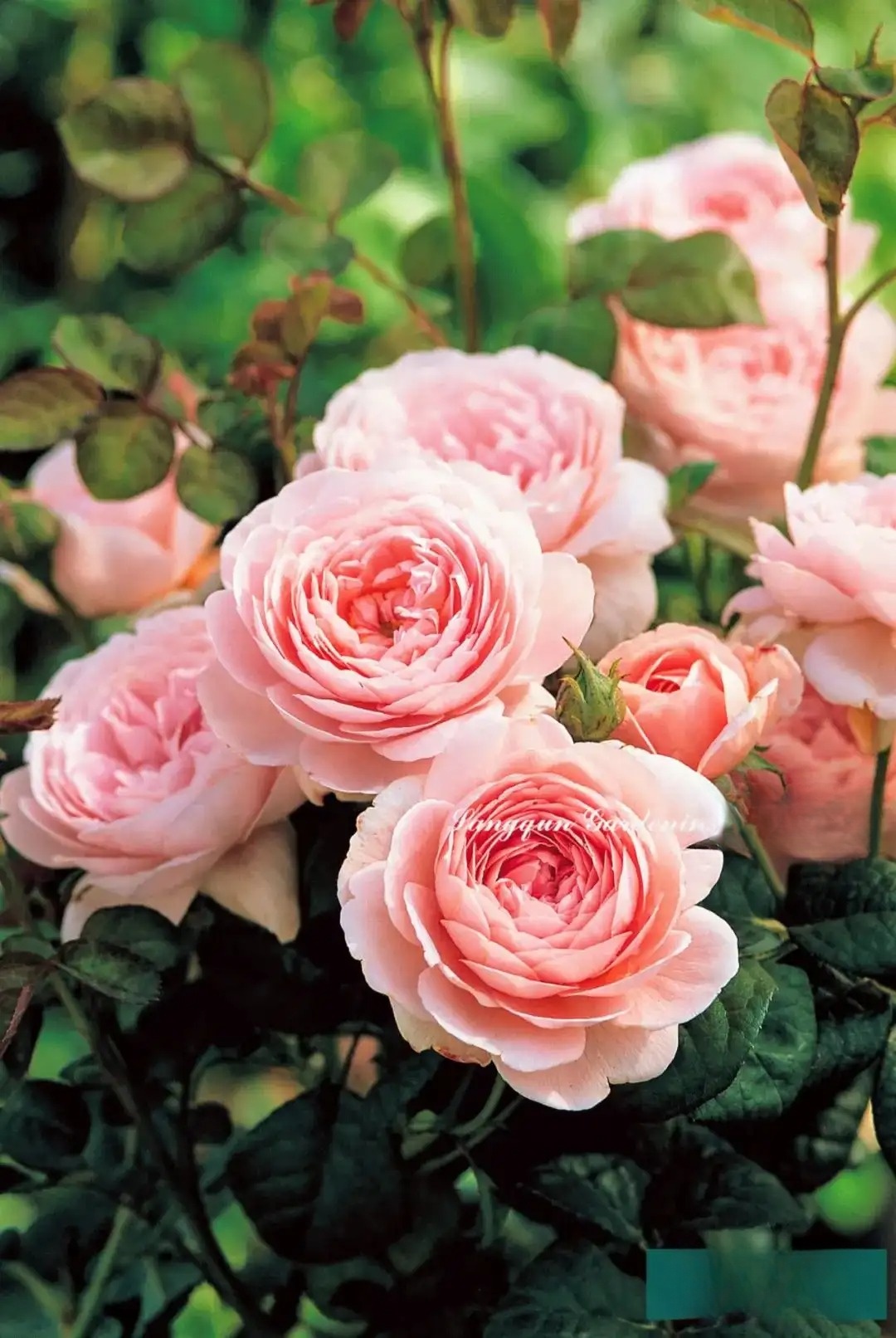
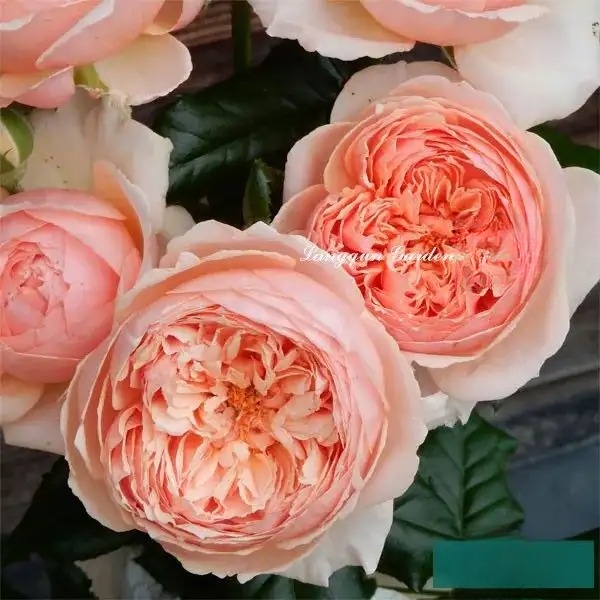
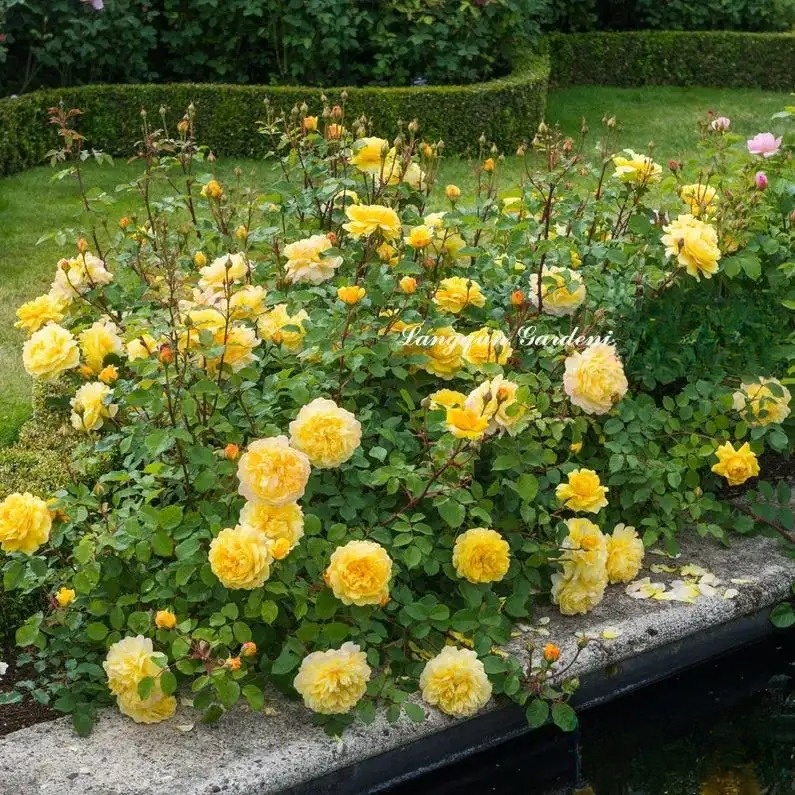
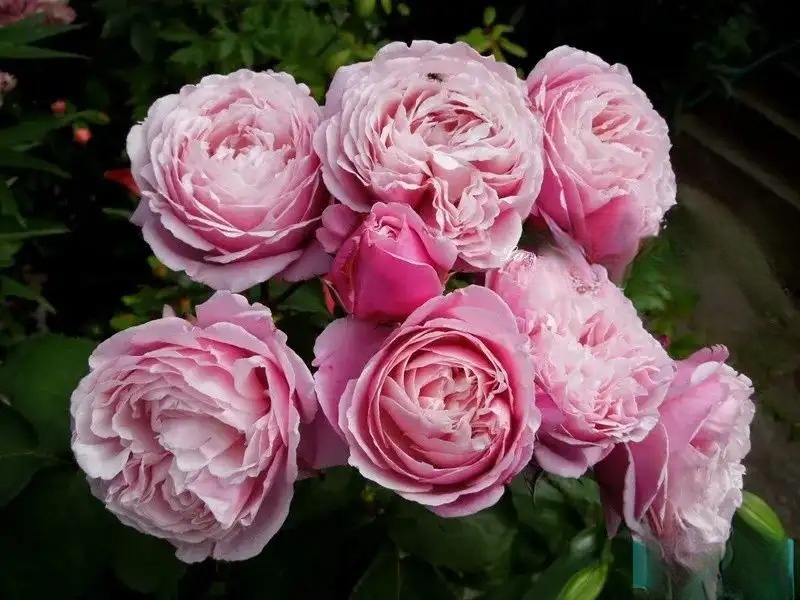

Due to space limitations, please see the end of the article for detailed pictures
NO.2
Feng Hua Moon Season
As long as the temperature is suitable, the floribunda rose can bloom all year round, with large flowers and a long flowering period, which is a very good choice! In addition, the height of the floribunda rose is generally not high, and it can be basically maintained below 90cm through pruning control, so it can also be planted on the balcony.
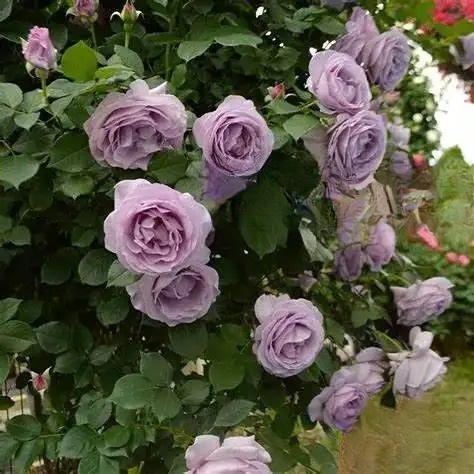
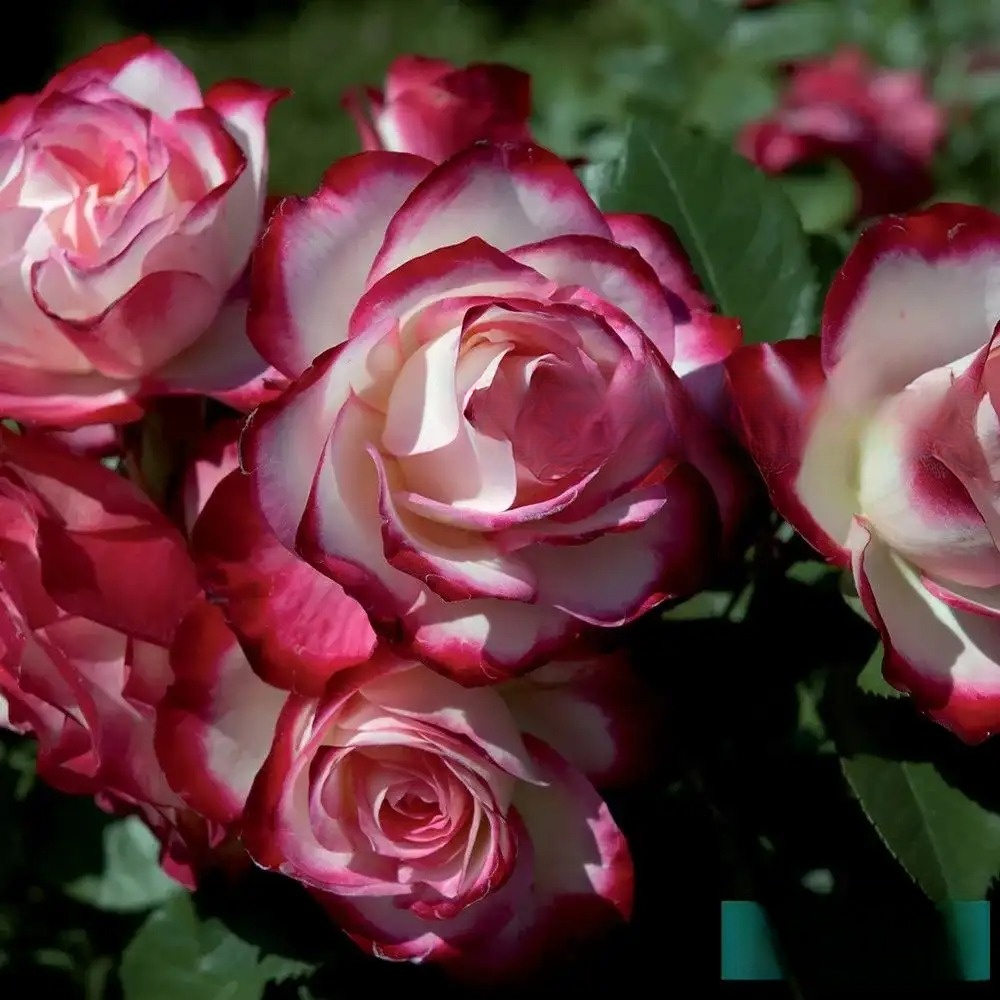
NO.3
Cut Rose
Cut roses are a type of rose that many flower shops now use. They usually have beautiful shapes, bright colors, and pure and bright colors.
The plant is vigorous and resistant to pruning. It can bloom repeatedly in a short period of time and can bloom all year round under appropriate conditions.
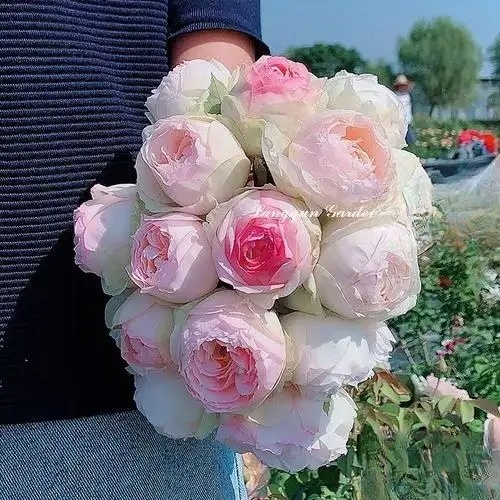

Cut roses have high yields, beautiful leaf color, few thorns, petals that do not fade, and are resistant to diseases and pests.
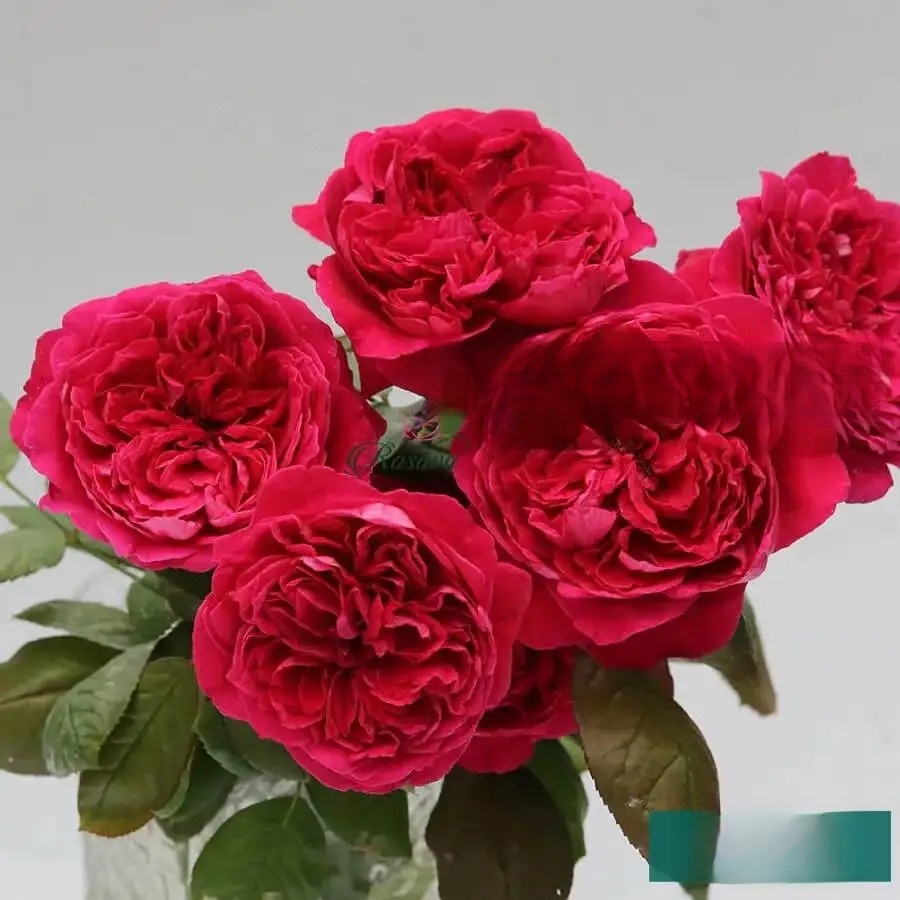
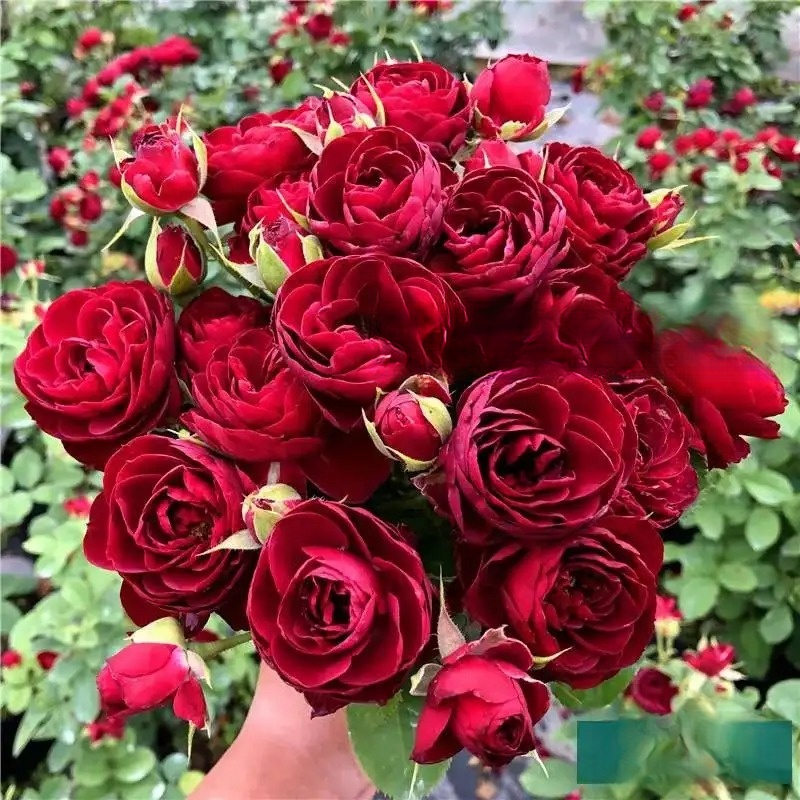
The flowers open slowly, the petals are thicker in texture, and can maintain their beautiful shape for a longer time.
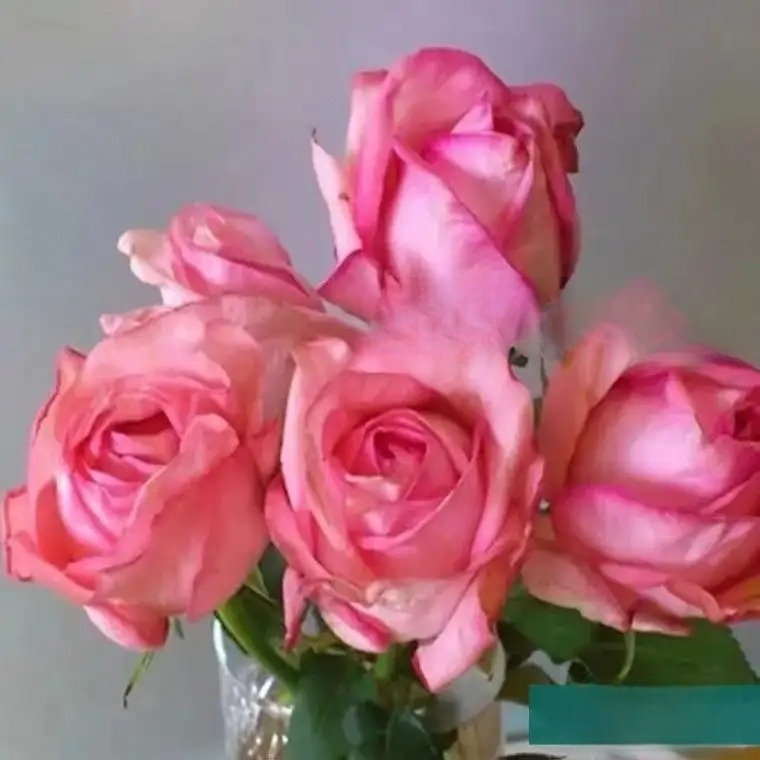
NO.4
Fujimoto Tsuki
Climbing roses have large, fragrant and colorful flowers, with many flowers blooming all over the plant and numerous flower heads, which is quite spectacular. In gardens, they are often placed on various well-ventilated racks and corridors to form flower balls, flower columns, flower walls, flower seas, arches, corridors and other landscapes.
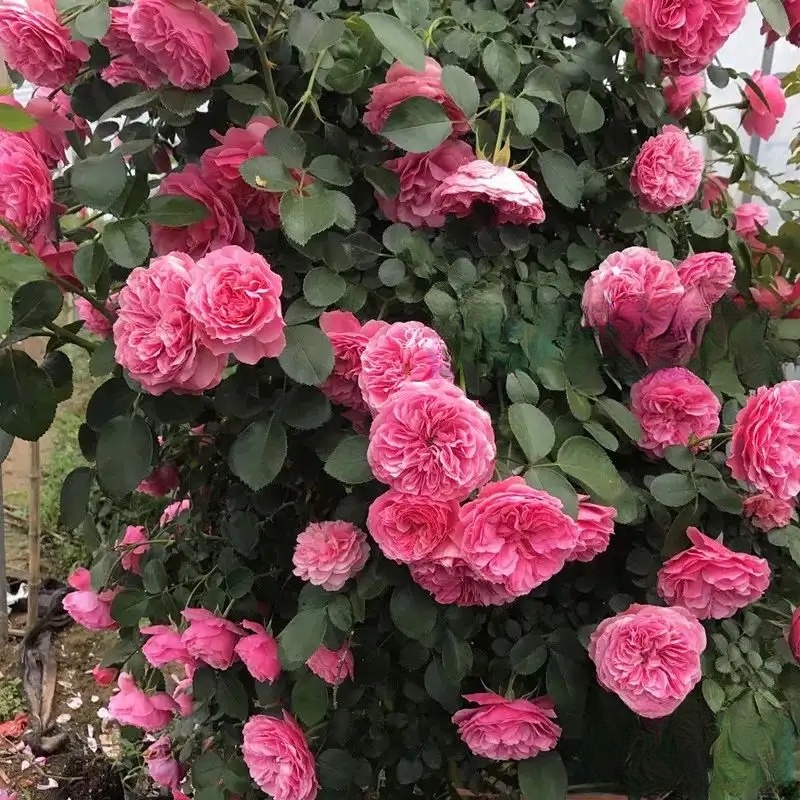
Climbing roses have relatively soft branches and can be pulled into different shapes according to personal ideas. There are many varieties and the colors are diverse and bright, so they are deeply loved by people.
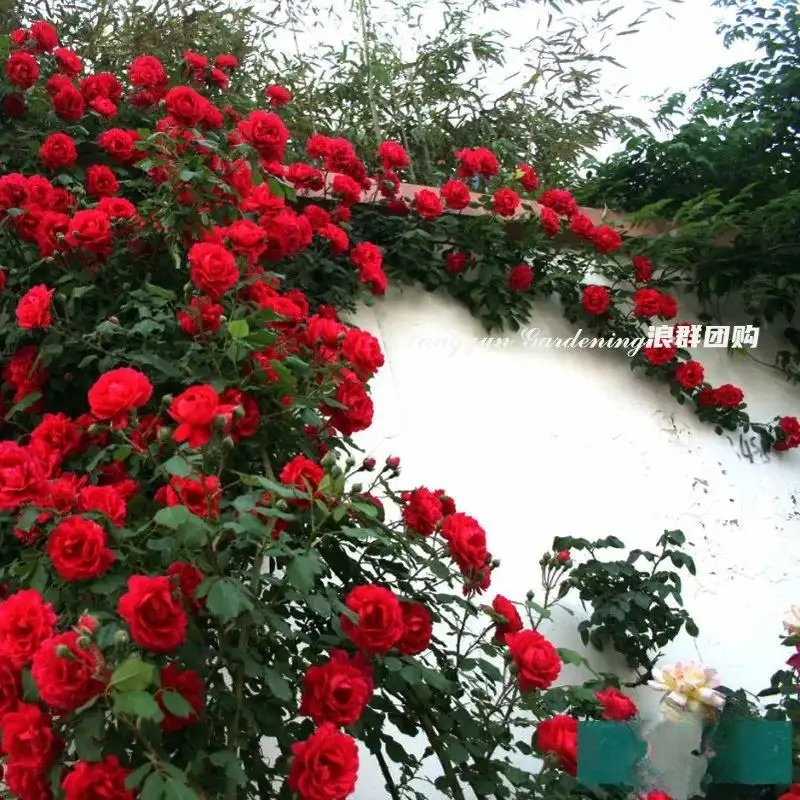
Climbing roses grow vigorously, with branches generally up to 2-6 meters long. A large 3-year-old climbing rose can cover a 3-5 square meter wall. With sufficient fertile soil and fertilizer, it will bloom into a sea of flowers!
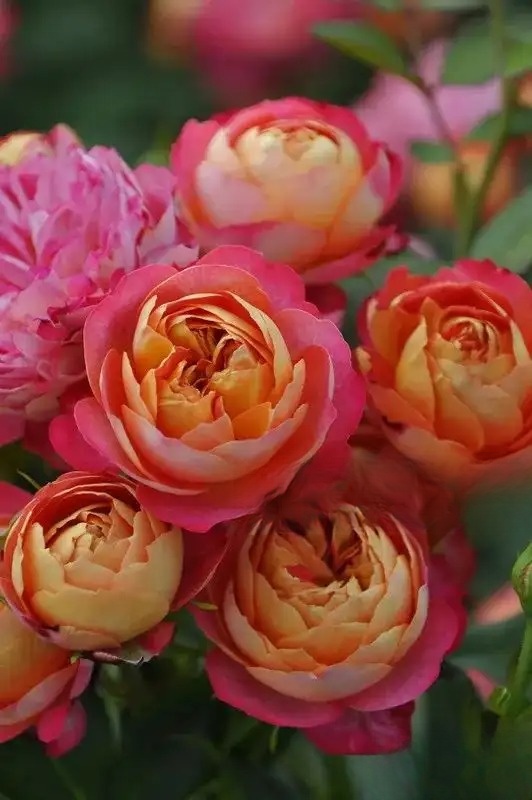
Except for a few that need vernalization to bloom, most of them bloom all year round and grow rapidly. They need large flower pots or ground planting to meet their growth needs.
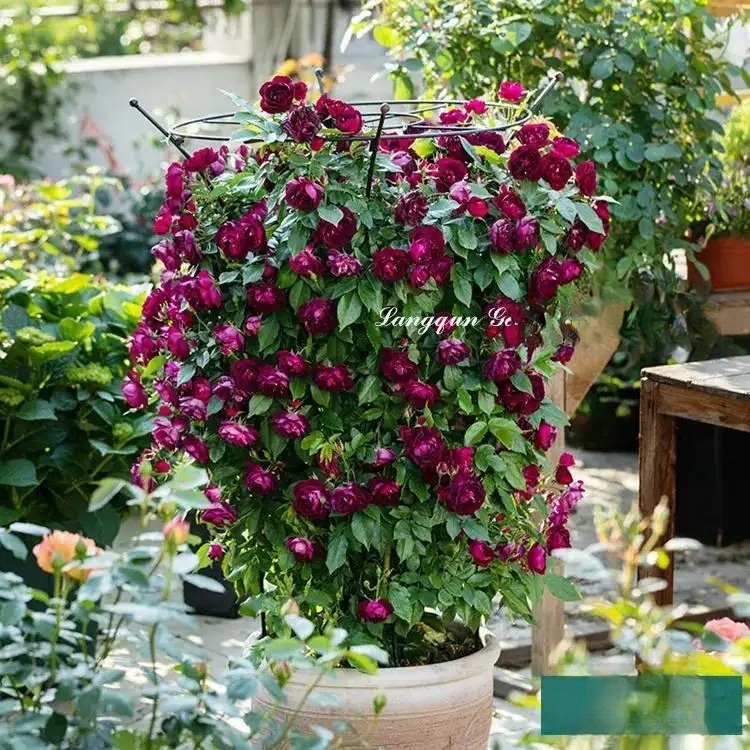
NO.5
Miniature Rose
Because of the beauty of roses, more and more flower lovers have fallen into the love of roses, but not everyone has space to plant shrub roses and climbing roses, which has led to the emergence of small and cute miniature roses.
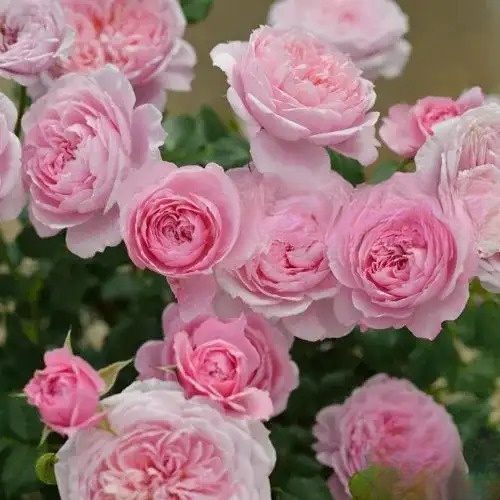
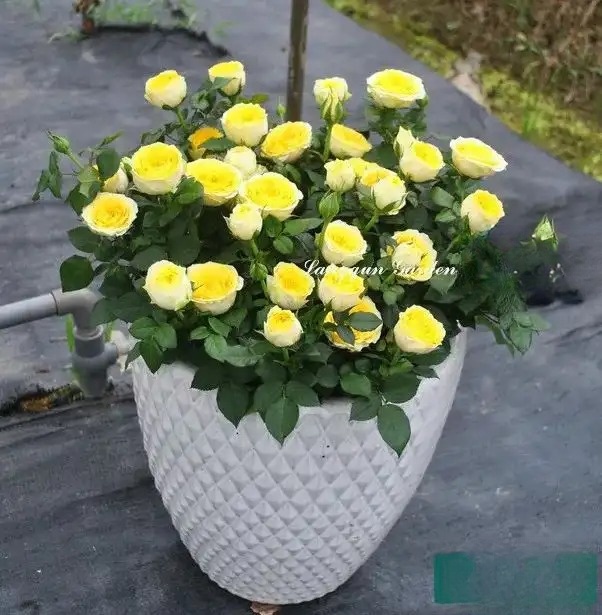
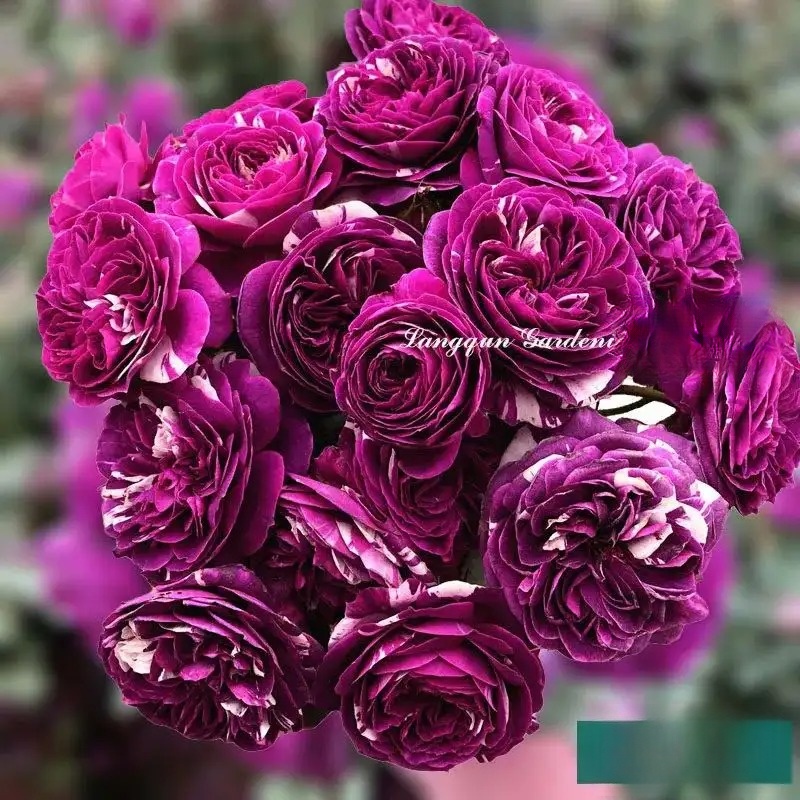
Miniature roses are small in size and suitable for balcony potted planting. Their biggest advantage is that they bloom frequently and produce a large number of flowers, several times more than shrubs and climbing roses! A properly managed miniature rose can have 20 to 30 flowers on one branch!
